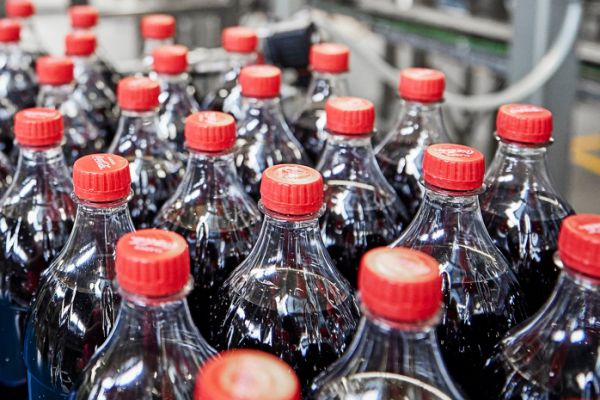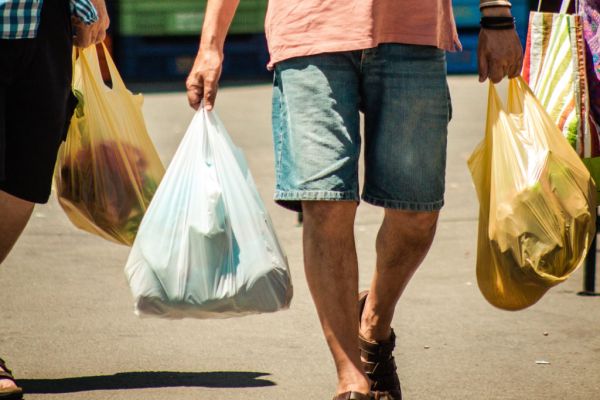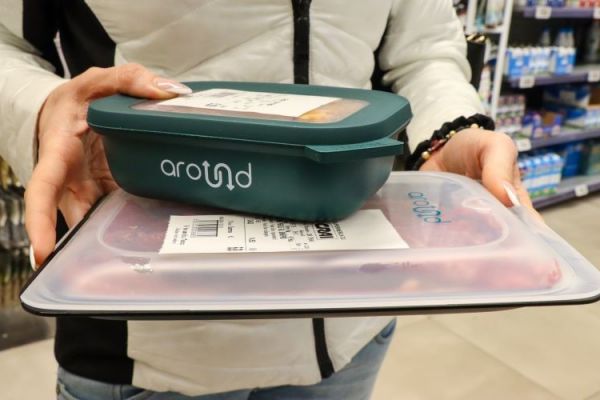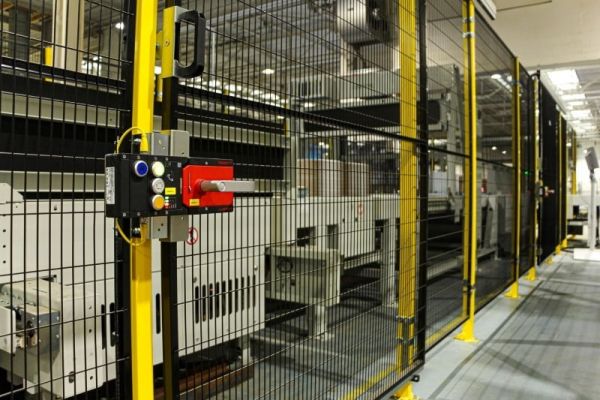Who is to blame if a product in your private label drinks portfolio is leaking due to faulty packaging? Whose fault is it if health officials have found issues with your product? What do you do if the media has started criticising one of your brands? ESM looks at areas of potential concern and things that retailers should bear in mind when bringing a product to market.
We all have a fairly good idea what the customer wants – they want both consistency in flavour and consistency in packaging and design. We also all have a fairly good idea what buyers are after – satisfied customers, a growing brand and increased profits. After all, this is the ideal scenario. Unfortunately, in real life, things are often never this straightforward and simple.
What Could Go Wrong? The standards that you set for your products are not ironclad once you have researched, approved and dispatched your recipe. There are numerous obstacles between then and getting your product onto the supermarket shelves, of which buyers should be conscious. One problem that retailers do not like to face is issues with packaging, where the product leaks either in store or somewhere in the supply-chain process. This can cause issues with stock levels, as well as the frustration of making a store look untidy. It also adds extra costs, as the subsequent mess needs to be cleaned up. Within the supply-chain process, it is also important that your supplier delivers the product on pallets that both maximise efficiency and prevent potential damage to the cans in question. Improperly packed pallets should not be accepted in this day and age, especially when considering the improvements that have taken place in the area of logistics over recent years. Areas of serious concern to the retailer include issues such as the failing-of-ingredient-test standards, a lack of consistency in product volume tests, or, in some very rare but potentially extremely damaging cases, issues where an alien item is found in the manufactured product. All of these issues can lead to potential penalties, negative media coverage and expensive legal costs, i.e. they all cost the retailer dearly. Obviously no retailer wants to be in a situation where they have to deal with any of the aforementioned issues, but faults can happen in the production process if inappropriate or out-of-date filling lines are used. Even if stores have a strong, indemnifying contract with the producer of their private-label drinks product, issues do arise, and an incident such as one of those highlighted can damage a retailer significantly if covered in the press. A number of production scenarios reveals how modern procedures are far more beneficial to your operations.
Ingredients Not Complying With Your Recipe How can the ingredients in the drink vary? Mistakes can happen, and this can certainly be the case with bottling, where there is a large human component to the production process and where a company has antiquated processes that cannot keep up with the increasing volume of demand. In older filling lines, ingredients are added to the mixing tank by a human operator, who can easily make a simple mistake. However, in more modern filling lines, mixing is completely automatic, run by preprogrammed computers, with the result being a hugely reduced risk of mistakes. Many older filling lines can often still work with tolerance levels for today’s world that are as high as 3-5 per cent. With modern filling lines, tolerance levels for ingredient ratios are a fraction of this. The cleaning of pipes and tanks is crucial for consistency and safety. Aged filling lines are very hard to comprehensively clean, which means that there might be some historic residue from the previous filling. Modern filling lines are equipped with fully automated CIP systems (the filling pipeline is never cluttered by waste or ingredients that should not be there). Finally, control of the whole operation is key. Aged filling lines lack regular control of the drink during mass production and/or controls are done by aged measuring instruments, with a large tolerance (against the instruments that health officials use). Modern filling lines have regular and strict control of the drink and its ingredients during the whole production.
Objects, Liquid Volume And Pasteurisation Before filling the cans, it’s crucial to ensure that there are no strange objects (pieces of metal, wood, plastic, rodents, etc.) hidden anywhere. Unfortunately, most older filling lines don’t have a checkpoint to spot this at all, however, modern filling lines have an automated check of each single can. Another problem with older systems is that their liquid measurements can be off by anything up to 15 per cent. With the more modern approaches, a tolerance guide of 2 per cent is far more common – with two automated checkpoints in the line (after filling and after pasteurisation). Every (filled and closed) can must go to the pasteur oven, where the inside temperature of the can must be at least 71°C for at least 12 minutes. That way, the product is properly pasteurised and will be safe against bacteria during its shelf life. Worryingly, with older filling lines, this is technically very difficult to control. Another risk is a large deviation on the conveyor belt. Pasteurisation is the third-largest cost in energy-drink production. A potential way to save money in the production process would be by lowering the temperature or speeding up the procedure – and if not handled correctly, this can cause serious issues. With up-to-date, fully automated filling lines, everything can be run and fully controlled using computers. Controlling is also helped by a data-logger, a small microchip unit submerged into the can and sent through the pasteurisation procedure every half-hour to gather readings.
The Unenviable Leaking Cans Any number of reasons can lead to leaking cans, mainly mechanical defects brought about through impact damage during storage or transportation. However, the ‘sudden’ leak of a can after time (weeks, months) usually appears on the top of a can or on the bottom of a can. Let’s look at the top of the can. Can tops must be 100 per cent correctly mounted to their body, otherwise, sooner or later, the can will start to leak. The machine that is closing the filled cans does so by pressure only, and with the speed of about 5-13 cans per second, it’s the most important and sensitive machine in each factory. Unfortunately, the reality with improperly seamed cans is that they appear fine, but after some time, they can start to show results of imperfections. In the case of low-quality seamers or seamers that are very old, failure rates will be higher than the state-of-the-art seamers now on the market. Modern filling lines include a top-quality seamer with automated closure control. The bottom of the can is completely different, however. Cans are fully covered by varnish, both on the inside and outside, to protect their walls against direct contact with fluid. Any contact with fluid or humidity immediately leads to corrosion, which eventually causes leaks. So, if the varnish on the outside of the can is somehow rubbed or scratched, corrosion starts, and sooner or later, the can will start leaking. Aged filling lines have conveyor belts that can be made of materials that can scratch the bottom of the cans. Also, the side rails on these belts can also be of similar potential damage to the can. However and once again, modern filling lines offer a reprieve. Their conveyor belts and side rails are made of materials that are unable to scratch the cans.
Packaging, Pallets And Product Tracing Developments in the production process have also meant that the loading of products onto palettes has become far less problematic. Current best practice means that products are now safer than ever and that consistency and quality control are taken very seriously. In the case of any issues with products during their shelf life, it is very important that every can is able to be traced because this means that any errors are able to be tracked back to the problem point. If it’s impossible to trace every can, the potential product recall may affect the whole range, but if it is possible, the potential recall may affect only a few palettes of products. Modern filling lines have at least a SAP system in place, and/or the FSSC 22000, which is Europe’s most comprehensive food-safety management system.
Time To ModerniseYes, you are right: it’s a minefield for bottling companies. The quality and reliability of your drinks – as aforementioned – very much depends on the filler system and the processes in place where your drinks are bottled. In the twenty-first century, in the modern computer-driven era, thanks to top-class techniques and equipment, the possibility of errors in the manufacturing process can be minimised and dramatically reduce the failure rate. So, ultimately, choosing the most advanced technology and precision practices is a good way to guarantee that you, the buyer or brand owner, will not have nightmares, but peace.
This article was originally published in the September/October issue of ESM.
© 2012 - ESM: European Supermarket














